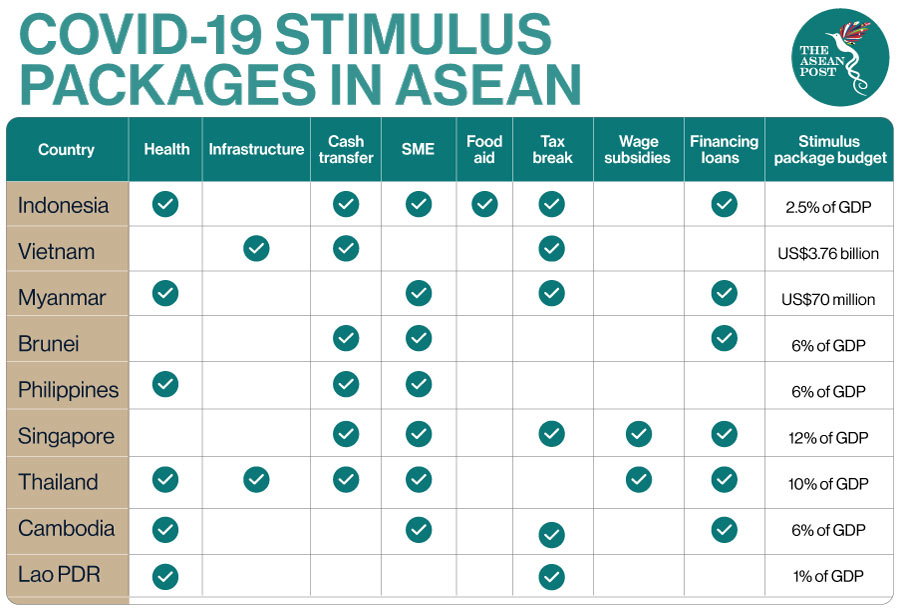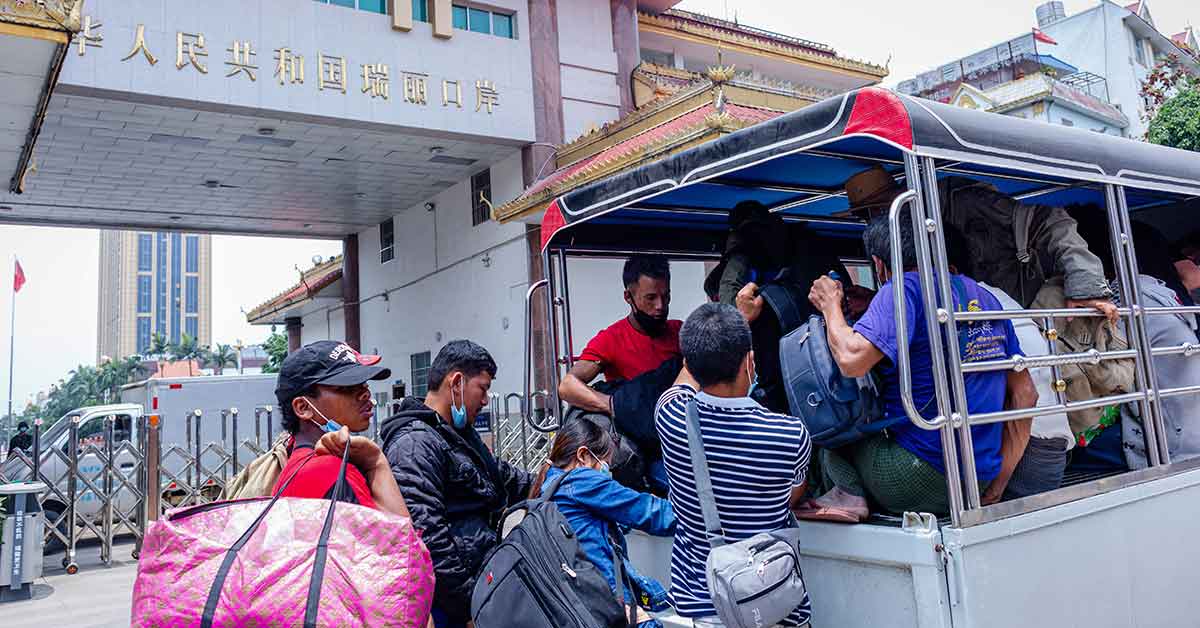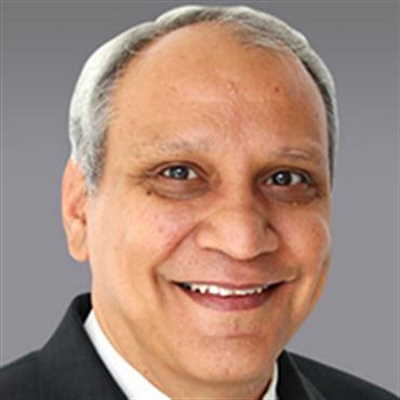Nok (not her real name) is from Thailand and works in a hotel in the United Arab Emirates (UAE). The COVID-19 pandemic has led to the hotel laying off a number of its staff. Nok was spared being laid off, but she has to go on unpaid leave until December 2020; with a provision that if she can resume work earlier then her new pay would be 25 percent lower than before.
Nok currently has no income and cannot send her usual remittance home for her family members and her niece’s education. Faced with this uncertainty, she is trying to sell the home she built back in Thailand with her income for the last 10 years in the UAE. So far there are no buyers.
There are many “Noks” around the world. The Philippines, for example, witnessed the return of its seamen as the cruise industry which employs many Filipinos came to a grinding halt recently.
The world is trying to come to grips with the economic pain caused by lockdowns as a result of the pandemic.
Many are wondering what type of new world we are heading to? Will ‘work from home’ be the new norm? Will international supply chains be reshaped and if so, how? Some countries are now rethinking the need to boost local production, even though it may not be the most efficient thing to do. It indeed seems that the future international supply chain will be more spread-out and vast opportunities could exist for ASEAN member states.
The relaxing of lockdown measures would revive the economy. Eventually, businesses would all be allowed to resume. Certain businesses might continue with some form of work from home. A high possibility would be splitting the workforce into teams that work from home two or three days a week. Some industries might have, by now, experienced the effectiveness of working remotely and may continue with this arrangement. This could result in an increase in the number of employees hired globally, working from their home location. The practise of virtual personal assistants working from abroad is already common. The need for business travel will slow down. The travel and tourism industry is already badly hit and could continue to face challenges for a while. Countries dependant on tourism, like Egypt and Thailand, will continue to suffer.
Some countries are exploring loose coalitions to partner one another. China and South Korea have agreed to ease quarantine requirements for business travellers from each other’s countries.
On 1 May, Singapore, Canada, South Korea, Australia and New Zealand announced they were working together on guidelines to prepare for the resumption of essential cross-border travel.
A few days later, two of these countries – Australia and New Zealand – announced that they had set up a “trans-Tasman COVID-safe travel zone” to ease travel restrictions between both countries. The expectation is that more such coalitions will be formed. Countries that have manage to flatten or reduce their curves will form and/or join coalitions to facilitate cross border travel and economic cooperation among themselves.
The dilemma, of course, is opening borders while controlling incidents of imported cases. One way is to have compulsory COVID-19 testing for travellers. That will require a test at least 14 days before travelling and another test a day before travel. This could prove to be a difficult task.
The alternative is allowing visitors from “low risk” countries only. A certain level of confidence would be required on the country’s virus infection reporting and detecting system. This would inevitably lead to a majority of under-developed countries being left out of these coalitions. In many instances, these under-developed countries are the same nations whose citizens are working overseas as migrant workers that are now forced to return home; causing foreign remittances to shrink. These countries are possibly heading to financial crises as the poor could get even poorer.
The opening of borders via coalitions appears to be the way countries will go and the coalition membership will expand over time; most likely excluding under-developed countries. Member states in coalitions would likely be part of the new international supply chain; further stressing non-member countries. The international economy would slowly revive and stock markets could make some gains. However, this would not help the ‘Noks’ of the world.
An international effort is required to help the poor of the world especially displaced migrant workers. As overseas migrant workers return to their villages, countries need to study how to sustain the livelihoods of their rural residents. This could be in the form of helping them to be more efficient in farming and/or cottage industries.
The COVID-19 pandemic has shown the world that we are all interconnected and dependant on each other. The fight against the pandemic, however, has revealed a “each country for itself’ attitude among nations. Most countries have preferred to lock their borders, and deal with their own outbreaks individually. Some have banned exports of face masks, personal protection equipment (PPE) and ventilators while others have tried to outbid their competitors at whatever the cost it took to secure supplies. We have also witnessed cruise ships refused entry to ports even though they required medical assistance.
Let us hope that the post COVID-19 period is one of international solidarity. World War I resulted in the League of Nations. World War II resulted in the formation of the United Nations (UN). Let’s hope we see renewed international efforts to combat the impending poverty in some parts of the world.

COVID-Poverty Relief Fund
Ideally, an international COVID-poverty relief fund could be set up. Realistically, maybe Singapore can champion the setting-up of an ASEAN COVID-poverty relief fund. This will be a symbol of solidarity across all ASEAN member states. Those with taxable incomes in ASEAN member states can each make a small contribution. Take Singapore as an example; there are about 2.4 million taxpayers in the island state. The personal income tax collection in Singapore for FY2018/2019 amounted to S$11.7 billion (US$8.2 billion). If just 10 percent of these 2.4 million taxpayers contribute, say a sum of S$10 (US$7) voluntarily every month, that would amount to S$2.4 million (US$1.7 million) a month collected just from Singapore. For convenience and to increase participation, contributions can be made via the CPF mechanism and will be for one year only.
The monies collected from all ASEAN member states can used to help:
a) families where the sole/main bread winner has died from COVID-19 or has lost his/her job due to the pandemic
b) families that have had their income severely disrupted by the pandemic
c) families below the poverty line of each ASEAN member state
If a sum of S$300 (US$210) a month is given to families, then the S$2.4 million (US$1.7 million) monthly estimated collection from Singapore alone would feed 8,000 families. Similar amounts could also be collected from the other ASEAN member states. There would also be other voluntary donations from individuals and corporations.
This scheme can be implemented and operated by a number of cross-border credible welfare organisations and/or non-governmental organisations (NGOs) forming a consortium to administer the fund. This scheme definitely requires more brainstorming for refinement. However, it would be a baby step in alleviating poverty but a large step in ASEAN people-to-people solidarity.
If the political will exists, then each ASEAN member state can possibly contribute one percent of collected income tax and corporate tax. This can be in the form of an imposed tax surcharge of one percent of tax payable for one year only.
Singapore has a foreign workers levy. It would be noble if a small sum; say S$10 (US$7), of each levy is contributed to the relief fund. There are more than one million work permit holders in Singapore. This gesture would result in over SGD10 million (US$7 million) a month contribution to the fund. It would be a novel idea to have the contributions from the levy going to the countries of origin of the foreign workers. For example, if we have around 200,000 Indonesian foreign domestic workers (FDWs), then a SGD10 (US$7) contribution from each levy would amount to SGD2 million (US$1.4 million) a month. This monthly SGD2 million (US$1.4 million) would then be used for poverty relief in Indonesia. This would be very much in line with the spirit of “gotong royong” (communal work) which is part of the ASEAN culture.
We have the capacity to help each other. What is required is political and social will. If solidarity and compassion develop in a post-pandemic world, then history will show that the COVID-19 pandemic served as a catalyst for a more compassionate world.
The strategy of forming coalitions of “trusted” nations, would only widen the gap between rich and poor nations. The risk of the poor getting poorer will become a reality. The international community should not abandon its “Noks”.
Related articles:

